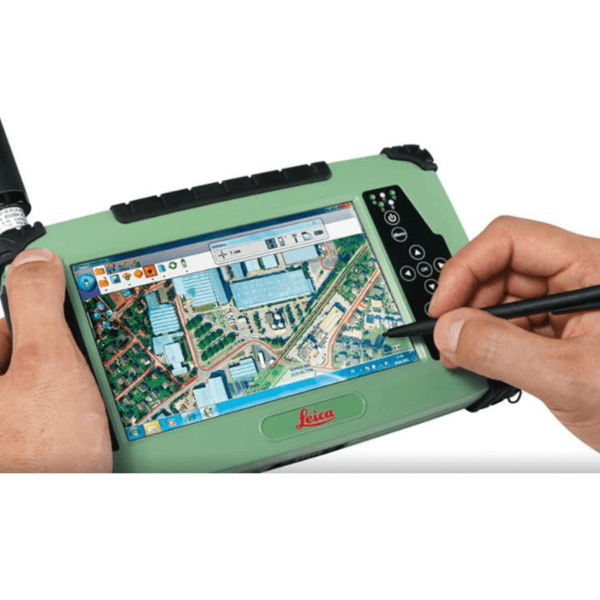Geographical Information Systems & Remote sensing Course
Geographic Information Systems & Remote Sensing
Course Introduction.
Geographic Information Systems (GIS) have become key in project management; with 80% of all data having a spatial element. GIS and GPS are rapidly evolving to become standard tools, influencing decision making in various sectors and in project management. There is however a severe shortage of persons who are trained to use these techniques in various projects.
This action-packed course is structured to maximize your knowledge of GIS. You will be taken through theoretical concepts and comprehensive hands-on training associated with GIS and GPS, software and hardware requirements for GIS, data input, spatial database creation, principles of GIS spatial analysis, production of GIS outputs and potential applications of GIS. All practicums will be done using Quantum GIS.
Quantum GIS (QGIS) is a user friendly Open Source Geographic Information System. It runs on Windows, Linux, Unix and Mac OSX and supports numerous vector, raster, and database formats and functionalities.
Who should attend?
Project managers
Project Officers
Epidemiologists
Anyone working in disaster preparedness and response projects
Project Monitoring & Evaluation Officer
Anyone involved in data management. Project Engineers
Quality Assurance officers
Anyone involved in project evaluations.
- Introduction to Remote Sensing
Objectives: This course introduces delegates to find out how pictures of the earth’s surface are recorded from aircraft and satellites and different ways these images can be analyzed. Delegates gain an understanding of “common” Remote Sensing products such as earth resources, satellite images, aerial photographs as well as more sophisticated research tools such as RADAR and multispectral scanner systems. Basic map reading skills required for Remote Sensing projects are also covered.
Course Outline:
Introduction to Cartography
Introduction to Photogrammetry
Digital Image Processing
Microwave and Hyper spectral Remote Sensing
2.Geographical Information Systems Courses
Objectives: The course aims at providing an understanding of GIS, its evolution, applications, spatial data models and data structures, design aspects of GIS; spatial data acquisition, sources and standards; spatial data manipulation, spatial analysis and visualization of data. This course also covers the understanding of GIS software environment. This subject provides basic training in understanding GIS data capture, storage, retrieval, analysis and display. It also helps to learn functionality of GIS software and to gain basic skills
Course Outline:
Database Systems
Global Positioning Systems Spatial Data Visualization
Spatial Decision Support
Systems GIS Programming
Spatial Data Analysis
Project Management
- Geography, Humanity and Earth Sciences Courses
Surveying
Objectives: The purpose of this course is to present the material to familiarize the delegates with introductory surveying. Time will be spent on acquisition of theory and practical field skills reinforcement.
- Information Technology Courses
Objectives: The course is designed to familiarize delegates with the basic structured programming skills. It emphasizes upon problem analysis, algorithm designing, and program development and testing.
Other Key Training Outcomes to be delivered.
- To develop Understanding on the different components of a GIS and the role GIS plays in solving problems.
- To present to participants all data-related aspects of a GIS, such as the data models in GIS, data input, data editing, data visualization, metadata and managing a spatial database.
- To Carry out advanced analyses of geographical data with specific reference to projects and programs related issues
- To improve data management and analysis skills of the participant
- Establish understanding on how to work with spatial data and GIS techniques to solve community problems
- To expose participants to data capture, input, manipulation and display by GIS
- To demonstrate to participants use of GIS in project & program facilities
- To explain to the participants role of GIS as a decision support system in programs
Way Forward After the Training
Participants will develop a work plan through the help of facilitators that stipulates application of skills acquired in improving their organizations. ASPM will monitor implementation progress after the training.
Training Evaluation:
Participants will undertake a simple assessment before the training to gauge participants’ knowledge and skills in use of GIS in their day-to-day tasks; another assessment will be done after the training in- order to demonstrate knowledge gained through the training




